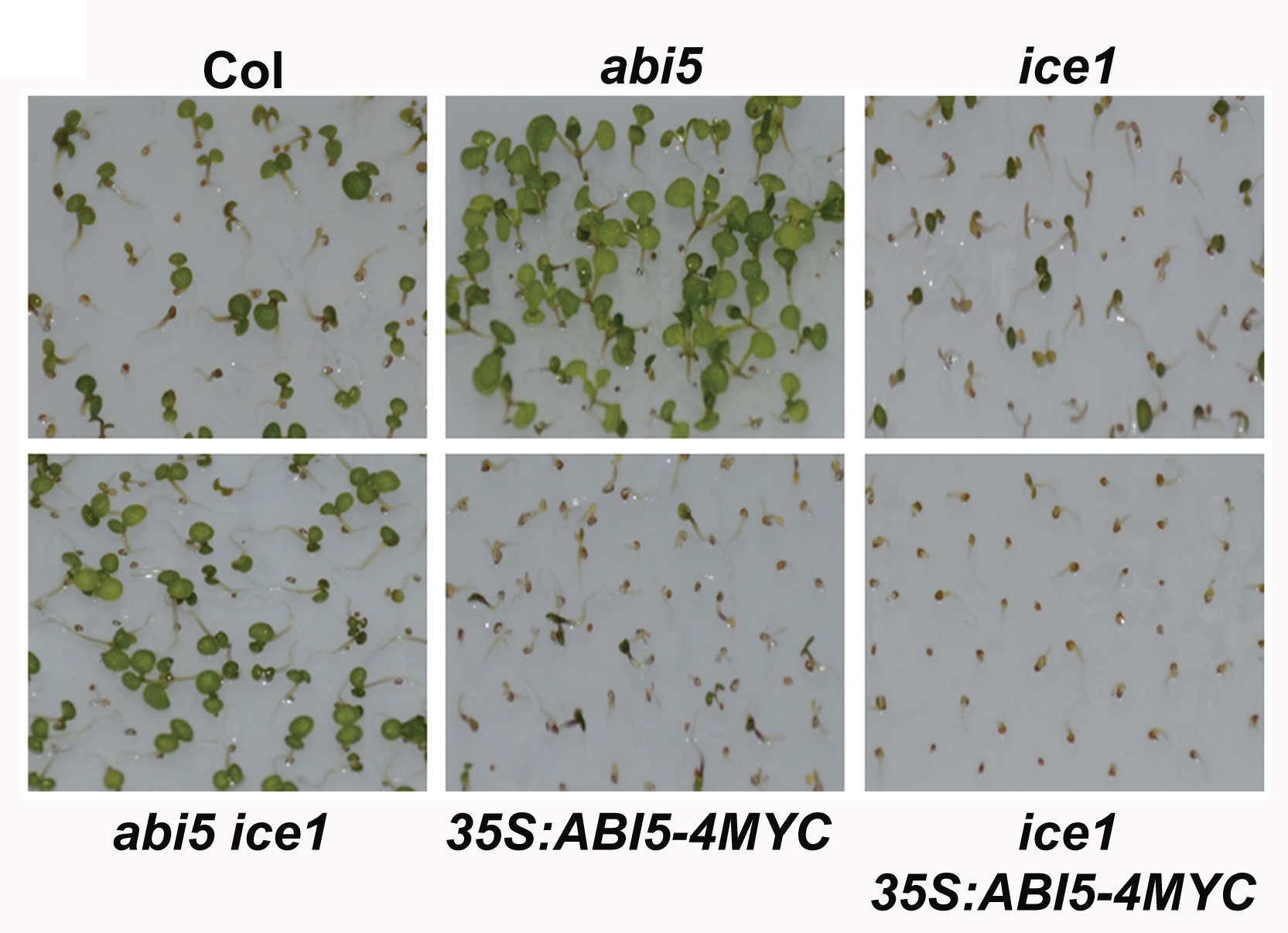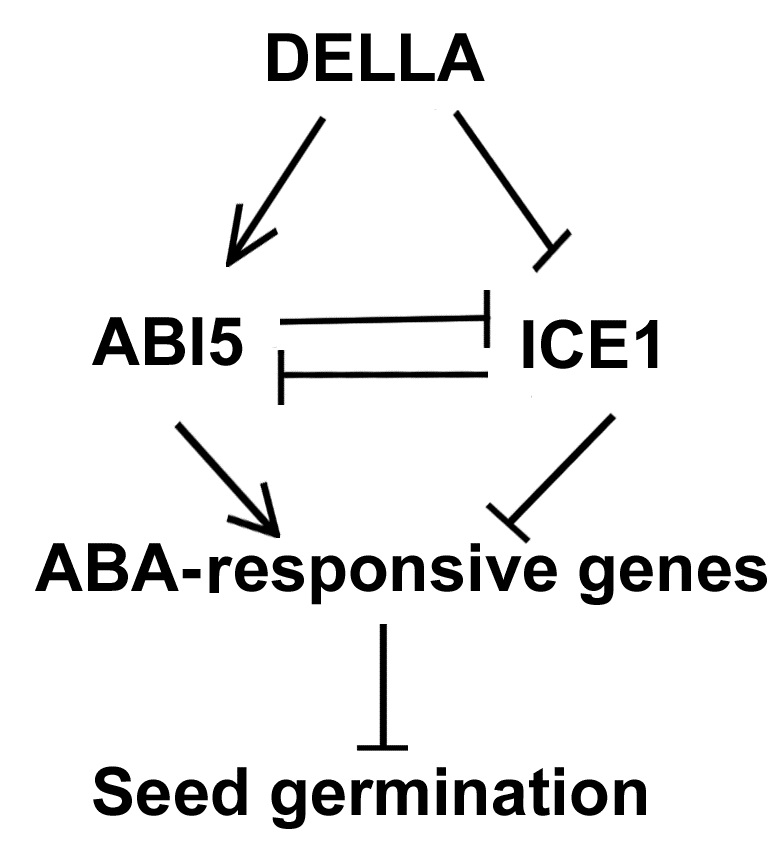Seed germination and postgerminative growth are strictly regulated by multiple environmental and intrinsic cues. Previous studies have shown that ABSCISIC ACID-INSENSITIVE5 (ABI5) is involved in phytohormone abscisic acid (ABA) and other signaling pathways during seed germination. However, details of the transcriptional regulatory mechanisms underlying ABI5 and its interacting factors remain largely unknown.
Researchers from Xishuangbanna Tropical Botanical Garden (XTBG) conducted a study to discover further details about the molecular regulation of ABA signaling during seed germination. They got the research results published in the prestigious journal Plant Cell.
Their study showed that a transcriptional complex involving ABI5 and its interacting partners maintained the appropriate level of abscisic acid signaling during seed germination.
The researchers used the yeast two-hybrid (Y2H) system to screen an Arabidopsis cDNA library for ABI5-interacting transcription factors. They determined that ABI5 physically associated with INDUCER OF CBF EXPRESSION1 (ICE1) in plant cell nuclei, suggesting that ICE1 functions as an interacting partner of ABI5 to modulate ABA signaling.
They then found that ICE1 negatively modulated ABA Responses during seed germination and directly suppressed the expression of ABA-responsive genes EM6 and EM1.
ICE1 antagonized the transcriptional function of ABI5 to regulate ABA signaling during seed germination. It also physically interacted with DELLA proteins in the nuclei of plant cells.
Moreover, disruption of ICE1 partially restored the ABA-hyposensitive phenotype of the della mutant during seed germination. DELLA proteins repressed the regulatory effect of ICE1.
“Our results indicate that ICE1 functions together with ABI5 and DELLA proteins to maintain the appropriate level of ABA signaling during seed germination. They provide a mechanistic understanding of how ABA signaling is fine-tuned by a transcriptional complex involving ABI5 and its interacting factors”, said Prof. HU Yanru, principal investigator of the study.
Contact
HU Yanru Ph.D Principal Investigator
Key Laboratory of Tropical Plant Resources and Sustainable Use, Xishuangbanna Tropical Botanical Garden, Chinese Academy of Sciences, Menglun 666303, Yunnan, China
E-mail: huyanru@xtbg.ac.cn

Seedlings of the abi5 ice1 double mutant and other related mutants or transgenic plants 6 days after germination on medium containing 0.5 μM ABA.
(Images by HU Yanru)

A simplified model for the roles of DELLA, ABI5 and ICE1 interactions in modulating ABA signaling during seed germination.
(Image by HU Yanru)


